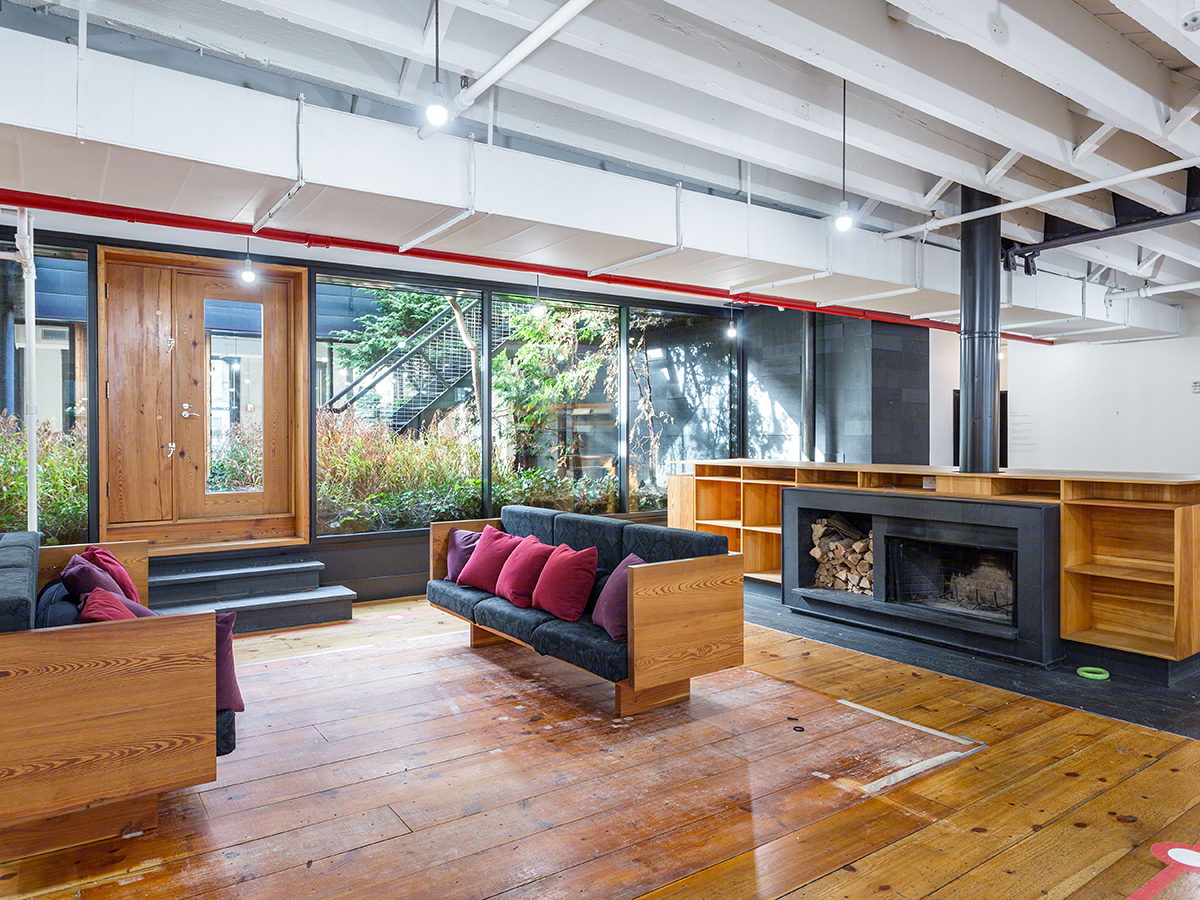Will Millennial Homeownership Impair Multifamily REITs?
The U.S. homeownership rate increased in 2017 for the first time in 13 years, indicating Millennials may be returning to the single-family market. Fitch Ratings Managing Director Steven Marks delves into the impact of this trend reversal.
By Steven Marks
 Millennials have typically failed to follow previous generations’ appetite for homeownership in favor of urban apartment living. Elevated levels of student debt, a significant financial recession coupled with a tepid recovery, and late family formation trends have all contributed to this generation’s absence from the single-family market. However, 2017 marked the first reversal in this trend as Millennials began to buy houses.
Millennials have typically failed to follow previous generations’ appetite for homeownership in favor of urban apartment living. Elevated levels of student debt, a significant financial recession coupled with a tepid recovery, and late family formation trends have all contributed to this generation’s absence from the single-family market. However, 2017 marked the first reversal in this trend as Millennials began to buy houses.
This reversal poses the question, does this trend signal the start of a decline in demand for multifamily housing?
Formidable fundamentals
Despite this new dynamic, multifamily REIT fundamentals are expected to remain relatively stable due to the support of sustained economic growth, declining new construction coming to market starting in 2019, and a continuation of single-family market challenges.
U.S. GDP continues to grow, achieving 2.5 percent growth in the last quarter of 2017. Demand continues to remain strong in the first quarter of 2018, with 313,000 non-farm payrolls gains in February and consumption increasing by 2.7 percent. These strong economic tent poles and the zeitgeist of the generation to prioritize leisure spending over material assets directly benefits further multifamily market growth.
Oversupply is expected to keep same-store growth in the low-single digits throughout 2018, as new construction coming to market reaches a 22-year high. Same-store growth in third-quarter 2017 was 2 percent—the lowest since third-quarter 2010, at the height of the great recession—however, once the new supply is absorbed, fundamentals should stabilize. The markets that will see significant increases in supply also traditionally have the highest demand, notably New York, Los Angeles, the San Francisco Bay area, Seattle and Denver.
Single-family market challenges continue to hinder home ownership, supporting multifamily demand through the medium term. Tight lending standards and recent unfavorable tax changes related to mortgage and property tax deductibility have made multifamily living more attractive to many would-be buyers. With interest rates expected to continue to jump multiple times this year homeownership will slowly become more expensive.
For Millennials, the path to homeownership was less applicable than multifamily living until very recently. This shift is likely the result of a confluence of factors, equally driven by familial demands as much as economic ones—the oldest edge of this generation is beginning to hit its stride in their mid-thirties. With low unemployment trends, it’s reasonable to assume there is a healthy supply of workers looking enter into their first apartment, move to a larger space, or transition into the luxury market. Multifamily REITs are well-positioned to execute on this trend.







You must be logged in to post a comment.